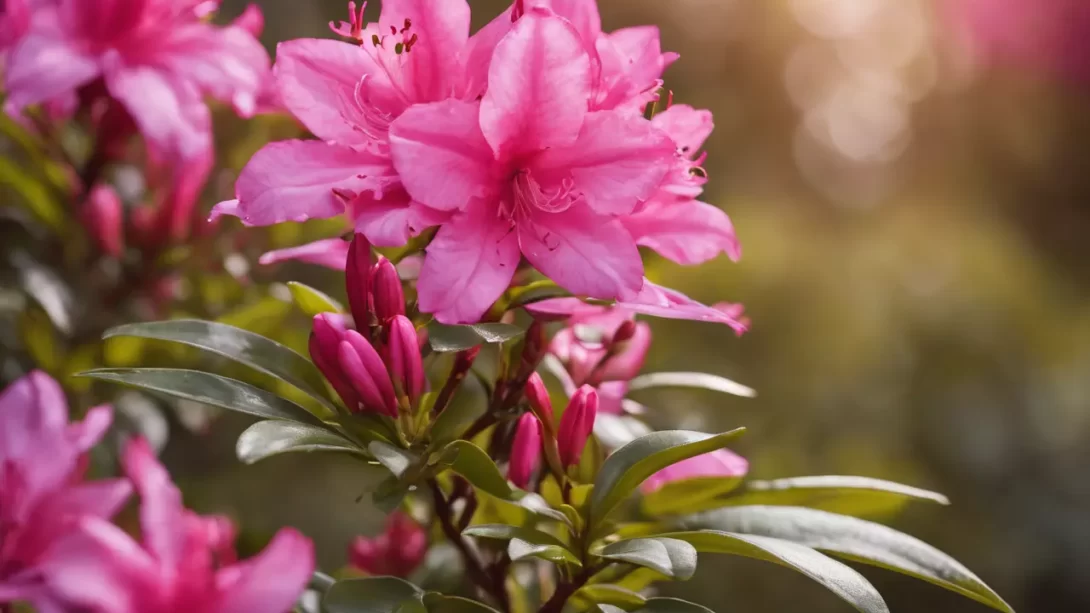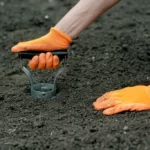Azaleas, with their vibrant blooms and lush foliage, are a favorite in many landscapes. Transplanting these shrubs can be necessary for various reasons, including landscaping changes or to provide more suitable growing conditions. However, the success of transplanting an azalea largely hinges on timing. This article will guide you through identifying the best time to transplant azaleas and prepare them for the move.
Azalea Characteristics
Azaleas are part of the Rhododendron family and are known for their preference for acidic, well-drained soil and partial shade. They have shallow root systems, which makes them relatively easier to transplant than deep-rooted plants. Understanding these characteristics is crucial for transplanting azaleas successfully, as it informs the best practices for their care before, during, and after the process.
Best Time for Transplanting Azaleas
The optimal time for transplanting azaleas is during their dormant period, typically in late fall or early spring. This timing minimizes stress on the plants, allowing them to establish in their new location before the stress of summer heat or winter cold.
In late fall, after the azalea has dropped its leaves but before the ground freezes, is an ideal time. This allows the plant to acclimate to its new location while still in dormancy. Alternatively, early spring, just as the ground thaws but before new growth begins, is also a suitable time. Transplanting at this time ensures that the azalea can direct its energy towards establishing roots in its new location.
Avoid transplanting azaleas in the summer or winter when extreme temperatures can stress the plant. Also, transplanting during active growth periods, like when the plant is blooming, can lead to shock and poor establishment.
Preparing for Transplantation
Before moving an azalea, it’s crucial to prepare both the plant and the new planting site. Start by thoroughly watering the azalea a few days before the planned move. This ensures that the plant is hydrated, which helps reduce transplant shock.
Pruning is not typically necessary unless the plant is oversized or has dead or diseased branches. If pruning is needed, do it minimally to reduce stress on the plant. Focus on removing only what is necessary for the health and transport of the azalea.
For the new planting site, choose a location that meets the azalea’s requirements: acidic, well-drained soil and partial shade. Prepare a planting hole that is twice as wide as the azalea’s root ball but no deeper. This allows for easier root expansion and proper positioning of the plant.
The Transplanting Process
Transplanting an azalea involves carefully removing it from its current location and resettling it in a new spot. Begin by digging around the azalea, staying a reasonable distance from the trunk to avoid damaging the shallow root system. Aim to retain as much of the root ball as possible to support the plant’s recovery.
Gently lift the azalea from the ground, keeping the root ball intact. A tarp or burlap can be used to help move the plant. Transport the azalea to its new location promptly to minimize the time it spends out of the soil.
Place the azalea in the new hole, ensuring that it sits at the same depth it was previously growing. Backfill the hole with the original soil mixed with some organic matter, like compost, to help enrich the soil. Water the plant thoroughly after transplanting to settle the soil around the roots and eliminate air pockets.
Post-Transplant Care
After transplanting an azalea, proper care is crucial to help it recover and thrive in its new location. Immediately after transplanting, water the plant deeply to help reduce transplant shock. For the first few weeks, keep the soil consistently moist but not waterlogged, as overwatering can cause root rot.
Mulching is beneficial post-transplant. Apply a layer of organic mulch, such as pine needles or shredded bark, around the base of the azalea. This helps retain soil moisture, regulate soil temperature, and reduce weed competition. Keep the mulch a few inches away from the trunk to prevent moisture buildup against the stem.
Fertilization should be approached with caution. It’s generally recommended to wait until the azalea has established in its new location before applying fertilizer. When you do fertilize, use a product formulated for acid-loving plants, and follow the manufacturer’s instructions to avoid over-fertilizing.
Common Problems and Solutions in Transplanting Azaleas
Transplanting azaleas can sometimes lead to issues such as wilting, leaf drop, or a lack of growth. These symptoms are often signs of transplant shock. To mitigate this, ensure the azalea is planted at the correct depth, watered adequately, and protected from extreme conditions like harsh sunlight or strong winds.
If signs of disease or pest infestation appear after transplanting, address them promptly. Use appropriate fungicides for fungal infections and insecticides for pest infestations, always following the product’s guidelines for use on azaleas.
Conclusion
Transplanting an azalea in your garden can be a successful endeavor with the right timing and care. By transplanting during the plant’s dormant period, preparing both the azalea and the new site adequately, and providing attentive post-transplant care, your azalea can continue to flourish and beautify your landscape. Remember, patience is key; it may take some time for the plant to fully recover and start showing new growth. With these guidelines, you can feel confident in giving your azalea a new home in your garden.



